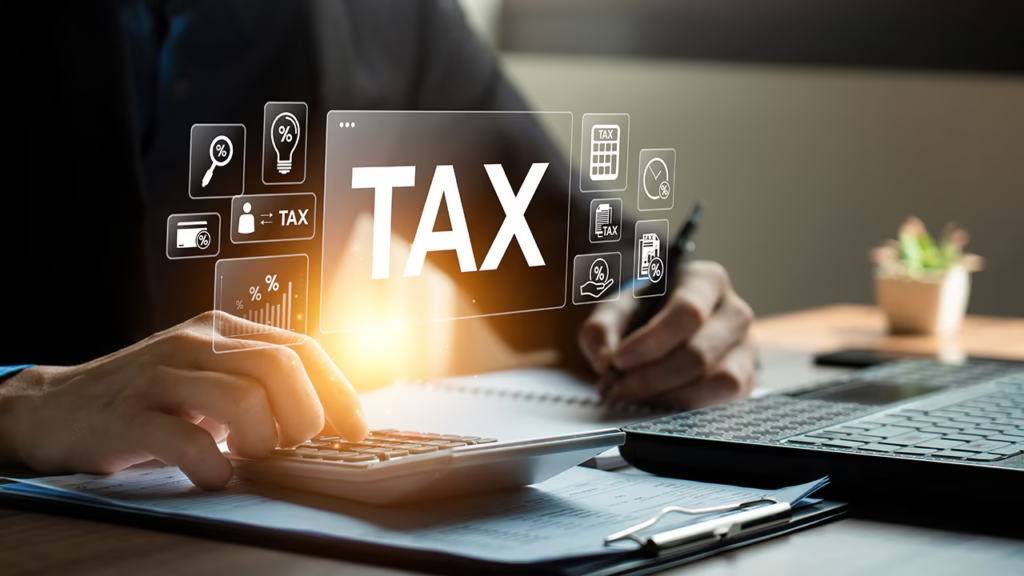“It’s not how much money you make, but how much money you keep.” – Robert Kiyosaki
How Do Entrepreneurs Reduce Self-Employment Taxes?: Self-employment is empowering, but it comes with tax responsibilities that can feel overwhelming. Entrepreneurs often pay both the employer and employee portions of Social Security and Medicare taxes—known collectively as self-employment (SE) tax, which is 15.3% in the U.S. Many new business owners are surprised by this burden, but the good news is: there are smart, legal strategies to reduce self-employment taxes and retain more income.
In this blog, we’ll explore top tax-saving strategies for entrepreneurs, backed by data and insights from reliable sources like Fi Money, Tax2Win, and others.
Maximize Deductions: Turn Expenses Into Tax Savings?
One of the most powerful ways to reduce self-employment taxes is by claiming eligible business deductions. By lowering your net income, you reduce the amount subject to SE tax.
Common Deductions Include:
- Home office expenses
- Internet and mobile usage
- Business travel and meals
- Equipment and software
- Professional services and training
According to Global FPO, these deductions can reduce taxable income significantly—up to 20–25%, depending on your profession.
✅ Tip: Keep detailed records and receipts—this ensures you won’t miss any deduction during tax filing.

Choose The Right Business Structure
Your business structure can significantly impact your tax liability. Most entrepreneurs begin as sole proprietors, but forming an LLC or S Corporation can open up tax advantages.
S Corporation Strategy:
Electing to be taxed as an S Corp allows business owners to:
- Pay themselves a reasonable salary (subject to SE tax)
- Receive remaining profits as distributions (not subject to SE tax)
Sanjiv CPA notes that entrepreneurs can save thousands annually by optimizing payroll and distribution ratios legally under this structure.
Invest In Retirement And Health Savings
Tax-advantaged accounts not only help you prepare for the future but also lower your tax burden today.
Retirement Contributions:
- SEP IRA or Solo 401(k): Allows you to contribute up to $69,000/year (as of 2024), reducing your taxable income.
- Traditional IRA: Contribute up to $6,500/year (or $7,500 if 50+) and deduct it from income.
Health Savings Account (HSA):
If you have a high-deductible health plan, HSAs allow you to:
- Deduct contributions
- Grow savings tax-free
- Withdraw funds tax-free for medical expenses
ZebraLearn outlines that combining HSA and retirement strategies can cut down SE tax liability by up to 30% over time.
FAQs
What Is Self-Employment Tax?
Self-employment tax refers to the combined Social Security (12.4%) and Medicare (2.9%) taxes entrepreneurs must pay.
How Can I Avoid Paying Self-Employment Taxes?
You can’t avoid them entirely, but strategies like incorporating as an S Corp and claiming deductions can minimize your tax bill.
Are Home Office Expenses Deductible?
Yes, if used exclusively and regularly for business. You can deduct a portion of your rent, utilities, and maintenance.
What Retirement Plans Reduce Self-Employment Tax?
Plans like SEP IRA or Solo 401(k) allow high contribution limits, lowering your net income and SE tax.
Is An LLC Better For Reducing Taxes?
Yes, especially if you elect S Corp status. This allows some income to be exempt from SE tax via distributions.
What If I Have A Side Hustle?
Even side hustlers must pay SE tax, but you’re also eligible for deductions and tax planning benefits.
Do I Still Pay Self-Employment Tax If I Have A Full-Time Job?
Yes. If your side income exceeds the Social Security wage base, you may reduce or eliminate SE tax, but Medicare still applies.

